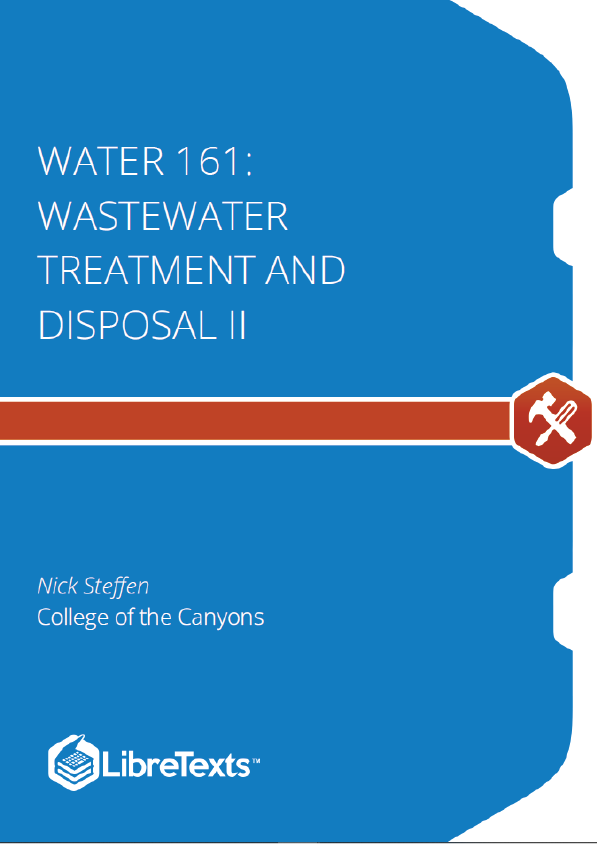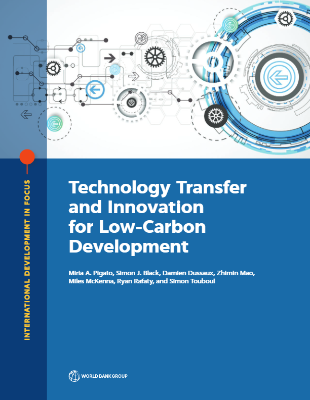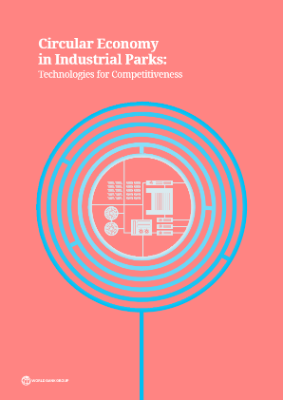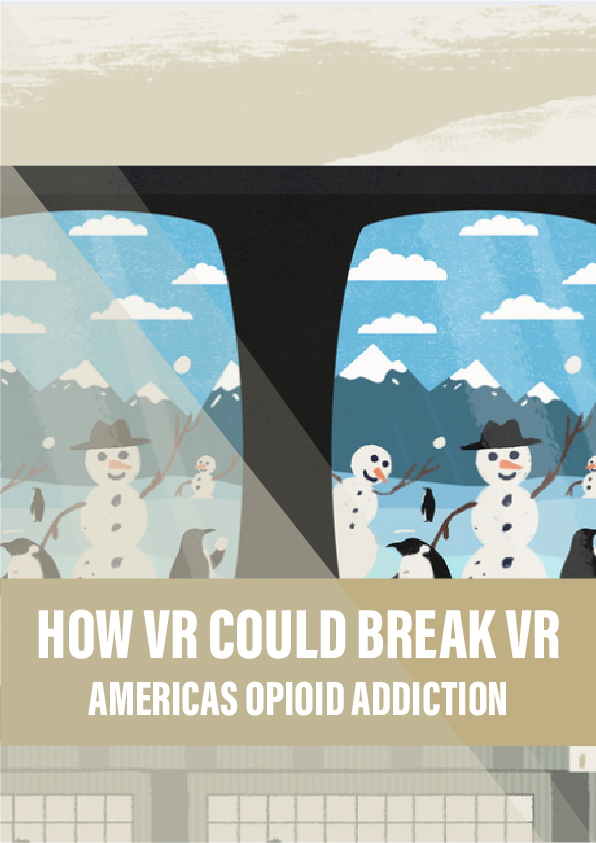This text examines advanced topics in conventional wastewater treatment processes including alternative secondary treatment methods, tertiary treatment, disinfection and dechlorination, solids handling, water recycling, and industrial waste management. Assists in preparation for Grade 2 Wastewater Treatment Plant Operator Certificate examination given by the State of California Water Resources Control Board.
Wastewater Collection
The wastewater collection system is the network of pipes that convey the wastewater from households and business to a wastewater treatment facility. Each customer will have a lateral connected to the main sewer lines. In order to keep sediment from settling out in the collection system and causing a blockage, the pipe is sloped to ensure a velocity of 2 ft/sec. A majority of the system will utilize the slope of the pipe and gravity so the water travels downhill. However, that is not always feasible and when needed a lift station will be installed. The lift station is comprised of a wet well where the wastewater is collected and pumps the water to a higher elevation where it can then resume to flow by gravity. The portion of the pressure pipe that is connected to the lift station is called a force main. The force main is always under pressure and the wastewater completely fills the pipe. Where a gravity sewer has minimal pressure and under normal conditions only about ⅓ of the pipe is filled with wastewater.
There are three different types of sewer systems; sanitary, stormwater, and combined. Sanitary sewer systems only convey wastewater that was derived from sanitary sources. This includes wastewater from household toilets, showers, and dishwashers, as well as industrial sources of wastewater from manufacturing processes. Sanitary sewers differ from stormwater sewers in that they contain fecal matter from human waste. It’s paramount that these wastes are conveyed to a wastewater treatment facility so they can be removed and stabilized to protect public health and the environment.
Stormwater sewers are a network of pipes that collect only stormwater runoff and direct the flow to a nearby waterbody or the ocean. While stormwater does have a direct connection to human or animal waste, it is considered less harmful and can be discharged without treatment. However, it’s important to understand that stormwater is by no means “fresh water”. Stormwater can have large amounts of trash, plant material, silt gravel, oil & grease. There are even fairly high amounts of harmful bacteria from animal wastes. The theory is that during storm events there is a significant amount of water flowing through these systems that these contaminants become diluted and are not as concentrated. This theory is constantly being challenged and stormwater is now being seen as another water source that can be treated and even beneficially reused.
A combined sewer is a network of pipes that conveys both sanitary wastes as well as stormwater. This can be beneficial during dry weather flows where there is minimal stormwater. The stormwater that does exist is sent to a wastewater treatment facility where harmful contaminants are removed prior to discharge to a waterbody. However, combined sewer systems can be overwhelmed during storm events. Systems that have older infrastructure which has not been upgraded to deal with larger populations and storm events are especially vulnerable. When this happens, instead of only diluted stormwater being sent to a waterbody, sewage containing high amounts of fecal matter from the sanitary sewer is also discharged. This can cause increased pollution to the waterbody.











